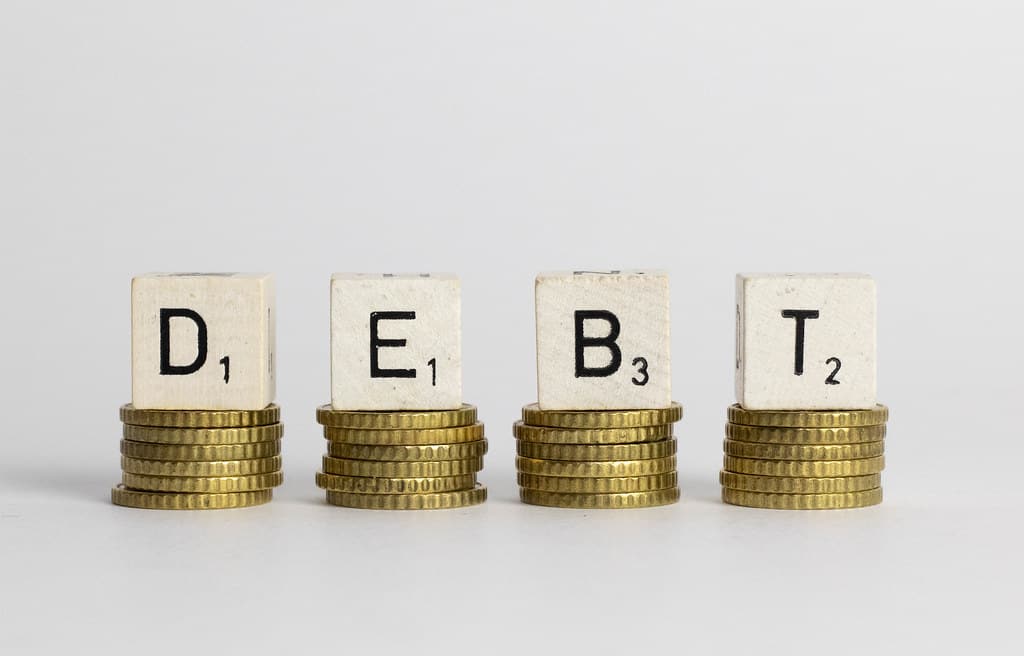Li Xunlei, chief economist with Zhongtai Securities, has called for raising China’s government debt-GDP ratio, despite the mounting fiscal burden on regional authorities and declining rates of return on investment.
In an opinion piece published on Sina, Li writes out that growth in China’s local government debt balance is inevitable, given the need to stabilise levels of GDP growth in tandem with declining rates of return on investment.
He further argues that China’s central and local government debt is currently at a comparatively modest level, accounting for around 100% of GDP. This compares to US federal government debt equal to over 130% of GDP and Japanese government debt equal to 250% of GDP.
According to Li, ongoing problems with local government debt in China have become increasingly acute over the past decade. Since 2015, local government debts across the country have continued to expand, mainly due to growth in the issuance of local government special bonds.
Li writes that as the end of 2022, China’s national general debt balance had reached 14.39 trillion yuan, while special debt exceeded 20 trillion yuan, for a total of around 35 trillion yuan.
Since 2019, the year-on-year (YoY) growth rate for government debt has exceeded 15%, which is about three times the actual GDP growth rate.
“Debt growth is much faster than the economic growth rate, indicating that the efficiency of economic growth needs to be further improved,” Li writes.
Li has compiled data indicating the debt burden resulting from the issuance of municipal investment bonds is especially heavy for China’s poorer provinces in the northeast, centre and west of the country.
According to his calculations, municipal investment interest-bearing debt has expanded rapidly since 2011, with an annual rate growth of more than 10%. This has resulted in a 6.7-fold increase in outstanding municipal investment debt compared to a figure of 6.8 trillion yuan in 2011.
As a consequence, many of China’s poorer provinces are unable to cover the interest on their debt payments via what has long been their mainstay source of revenue – land transfer fees.
“The land transfer fees of many provinces and cities cover less than 100% of interest on government debt,” Li writes. “These include Liaoning, Guizhou, Guangxi, Chongqing, Inner Mongolia, Xinjiang, Qinghai, Tianjin, Gansu , Jilin, Yunnan, Heilongjiang and Tibet.
At the same time, returns on investment made by municipal government investment platforms have fallen sharply over the past decade.
“Affected by the market squeeze, financing costs in some weak areas have risen rapidly, and the median return on investment of urban investment platforms has dropped from 3.1 in 2011 to 1.3 in 2022.”
“On the one hand, we need sizable investment to stabilize growth, and on the other hand, the rate of return on investment has declined, which means that the greater the pressure to stabilize growth, the greater the increase in debt. Therefore, I think it is still difficult to reduce the growth rate of the balance of local government debt.”
Li outlines five measures for dealing with China’s local government debt woes.
1. Reduce the cost of debt. “When local governments issue debt, they can reduce the cost of debt through low-interest funds from policy banks or commercial banks.”
2. Lengthen debt maturities. “Non-bond debt can be extended. For example, the Zunyi Bridge project has extended its loan.”
3. Make more effective use of state-owned equity. “In the past, local governments were more confident in expanding debt because of the support of land finance. Especially in economically developed areas, revenue from land finance is considerable, which can cover the interest on debt. Land finance is now gradually decreasing. Last year, the national land transfer income dropped by nearly 2 trillion yuan.” Li argues that stepping up the reform of state-owned enterprises can help deal with this issue. “In accordance with the need to make SOEs big and strong, we should drive increases in the valuation of state-owned equity, and, for example, use equity as collateral with banks to obtain low-cost financing. Equity transfers can also be used to obtain fiscal revenues, while increases in the quality and efficiency of SOE operations can raise operating revenues.”
4. Raise the debt ceiling for local governments. “In the face of downward economic pressure in the future, we still need to maintain economic growth, which will inevitably lead to an increase in debt. Consequently, there is still relatively large room for future debt growth. The debt balance of China’s central government and local governments, plus the balance of hidden local debts, is around 100% of GDP. Compared with the US federal government’s debt of more than 130% and the Japanese government’s debt of about 250%, the level of government leverage in China is not high. Additionally, China is a nation dominated by public ownership, and government assets are very large. The total assets of state-owned enterprises alone exceed 300 trillion yuan. In addition to this, most of China’s land, forests, water resources, and minerals, are state-owned. Therefore, if we take the total assets of the Chinese government as the denominator, our leverage is lower. In this regard, I think there is considerable room for the expansion of overall debt. In 2022, local government special debt was only 1.1 trillion yuan, and general debt was only 1.4 trillion yuan. I think this can be expanded.”
5. Special bond investment projects should be further optimized. “The overall return on investment of local government platform bonds is relatively low. In the future, we should restrict the use of special bonds, especially for rail and infrastructure development. In the context of accelerated ageing of the population, it is still necessary to ensure that special bonds are used to support people’s living standards, for pensions, healthcare, and consumption. Because the economy needs to shift from the investment-driven model of the past to a consumption-led model, we need to invest in areas related to new infrastructure with higher returns on investment, such as new energy, new materials, 5G, and artificial intelligence.”




